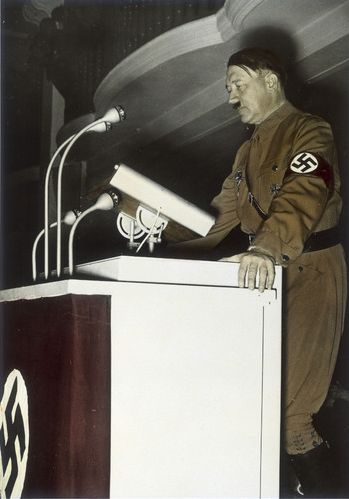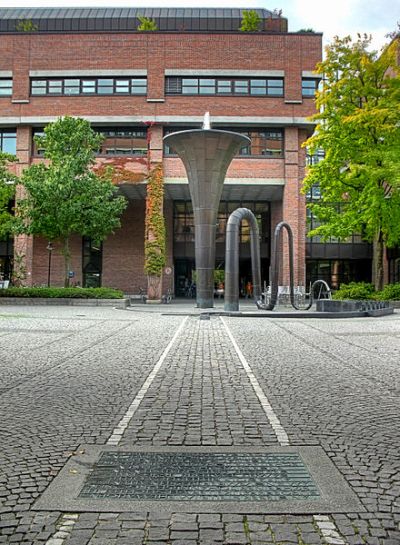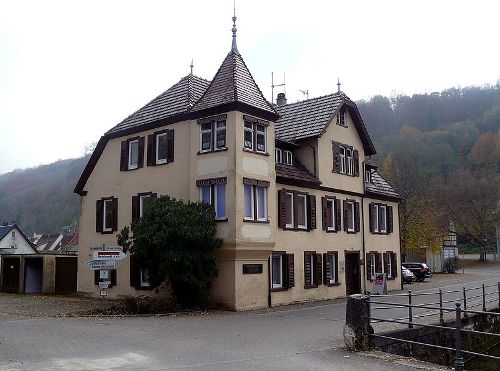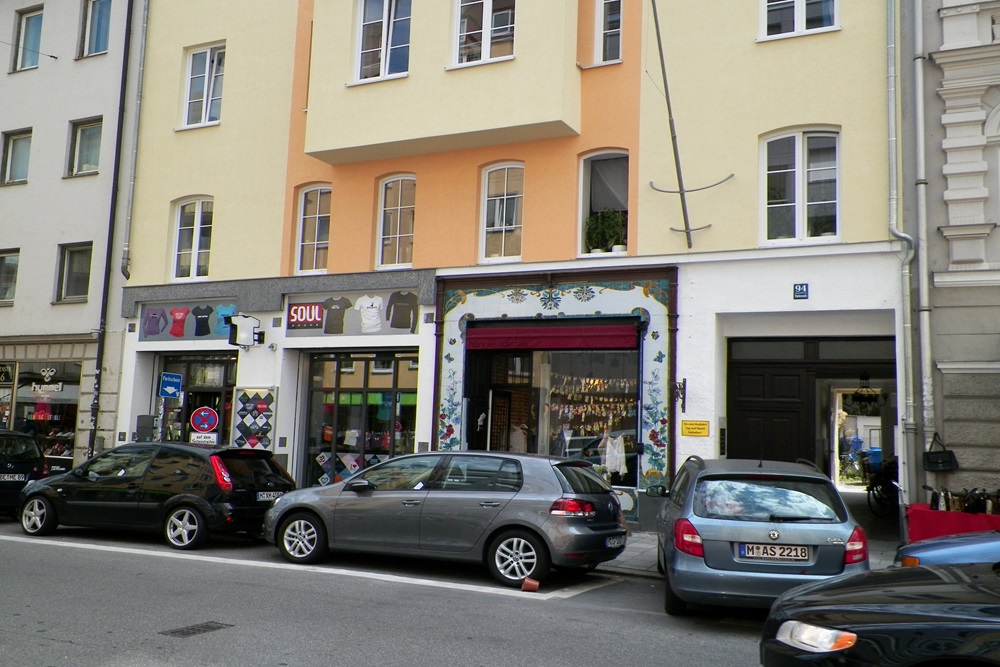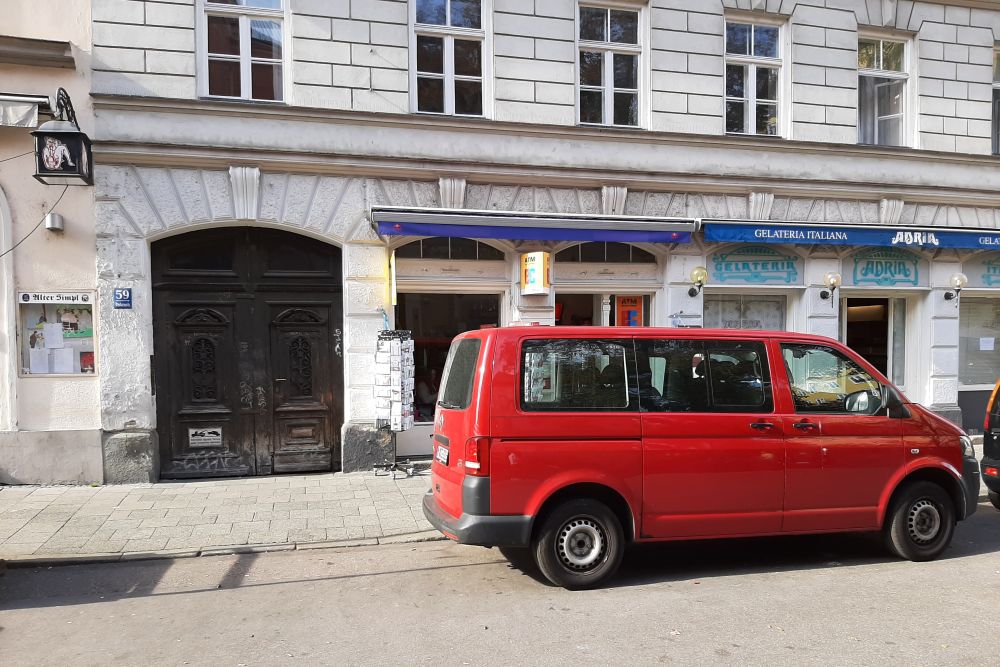Assault on Hitler, November 8, 1939
In the Bürgerbräukeller in Munich on November 8, 1939, Adolf Hitler (Bio Hitler), commemorates the Putsch of 1923. Ten minutes after he leaves, a bomb explodes behind the rostrum causing massive damage.
Each year on November 8, the Bürgerbräukeller in Munich filled up with the Alte Kameraden (Old Boys). They commemorated the Putsch of 1923 when Hitler and his shock troops had penetrated into the the giant beer hall on the Rosenheimerstrasse to proclaim the national revolution at a political meeting. Highlight of the yearly meetings were Hitler’s speeches, lasting for hours in which he used to commemorate the glorious past of the party.
Only this year it looked like Hitler had to excuse himself for the first time. Since a few weeks, he had been busy with his generals preparing for a massive assault in the west but eventually he managed to find time between meetings for the yearly memorial. According to ritual, he would begin his speech at 20:30 in the evening and subsequently, accompanied by heroic music, he would talk to his friends of bygone days. The schedule for this evening was quite different though. Adolf Hitler arrived at the beer hall at 20:00 sharp, rushed through his speech and hardly an hour later he left the beer hall, surrounded by his body guards and accompanied by loud chants of Sieg Heil. He hurried to the railway station in order to catch the special train to Berlin, departing at 21:30. The hall was still filled with noise and excitement when at 21:20, only a few minutes after Hitler’s departure, a bomb exploded right behind the rostrum where Hitler had been standing. Seven former warriors were killed and dozens of others were injured but it was glaringly obvious to anyone that Hitler had been the target of the explosion. The next morning, Hitler’s own newspaper Der Völkische Beobachter reported about this cowardly assault.
At the same time Adolf Hitler entered the beer hall in Munich, an inconspicuously dressed man was watching the changing of the guard at the border post Kreuzinger Tor in Konstanz. He walked around aimlessly for a while and when he heard Hitler’s speeech on a radio somewhere, he stood listening for a while. Two customs officers passing by considered his nervous behavior rather suspicious and decided to take him to the border station for a closer examination. Facing them was, albeit according to his papers, 36 years old bachelor Georg Elser. When being frisked, all sorts of incriminating objects were found, such as an insignia of the Rotkämpferbund, papers with names of weapons and munitions factories, a picture postcard of the Bürgerbräukeller and fusing material for a bomb. At the precise moment the time fuse did its devastating work, the border police in Konstanz arrested the man who had placed the bomb. He was taken to Munich where he was interrogated by the Gestapo and eventually he very proudly declared he was solely responsible for the attempt. When Heinrich Himmelr (Bio Himmler) laid his eyes on the transcripts of the interrogation, he did not believe for a moment Elser had committed the attempt all by himself and he was firmly convinced, the British Secret Service was behind it. Notwithstanding the lack of any evidence pointing in that direction, this argument came at the right time for German propaganda. Elser immediately disappeared into a concentration camp where he was taken care off very well on orders by Himmler so he could appear before a kangaroo court any time in order to be able to accuse the British of complicity, if and when needed.
The fact that Hitler had escaped death in such a mysterious way made many believe, even in Germany, that there could not have been any question of coincidence and that the SS had concocted an ingenious plan to influence public opinion during a decisive phase in Hitler’s performance. After all, an aura of invulnerability would increase his authority and popularity. Even after the war, the most phantastic stories and speculations kept circulating in the world press, unveiling the so-called truth. In 1969, Dr. Anton Hoch, scientific fellow of the Institut für Zeitgeschichte in Munich came to the irrefutable conclusion that Elser had made the attempt entirely on his own, without any orders or conspiracy.
Georg Elser, born Janaury 4, 1903, sympathized strongly with the Communist party, a fact he had been imprisonend for in Dachau concentration camp more than once by the way. When he became convinced in 1938 that Hitler was heading straight for war, he decided something should happen to stop the man in his tracks. The yearly meeting seemed to offer a suitable moment and in 1938 he frequently traveled to Munich to reconnoitre the situation and make the first plans for an attempt. In 1938 and 39 he was employed by a construction company and later on in a stone quarry where explosives were being used on a regular base and in this way he could gain sufficient experience.
During Easter 1939, he traveled to Munich again to take measurements of the rostrum where Hitler was to deliver his speech and after many weeks of pottering and experimenting, the rough preparations were finished in mid July. Meanwhile he had become a well known figure in the Bürgerbräukeller. Between August and October he let himself be locked in many times to make his preparations. He cut an invisible hinged door in the panelling of the column and in the column itself he cut a hole of 31.5 inch square. In order to prevent the column from sounding hollow when knocked on he covered the panelling with a lead plate. Subsequently he carefully collected the debris and took it out in a bag in the morning.
On November 1, the hole was large enough and he put the explosives in place, the next night the firing caps. In the night of November 5 to 6 he installed his home made clock works, set them and fused the bomb. According to his calculations, the bomb was to go off on November 8 at 21:20 sharp. The last night he spent in the Bürgerbräukeller was that of November 7 to 8 in order to check everything. His calculations had been correct. Only coincidence would have it that Hitler had already left at the moment of explosion. All ingenious findings and laborious and clever preparations had been made for nothing.
When the Nazis realized in 1945 the war was as good as lost. Georg Elser was murdered on April 9 1945 in a concentration camp. That same day, Admiral Wilhelm Canaris (Bio Canaris), General Hans Oster (Bio Oster) and many others suffered the same fate. On April 16, 1945, the Gestapo issued an official statement, declaring Georg Elser had been killed during an Allied bombardment.
Definitielijst
- concentration camp
- Closed camp where people are being held captive that are considered to be anti- social, enemies of the state, criminal or unwanted individuals. These groups mostly do not get a fair trial or are condemned to doing time in a camp.
- mid
- Military intelligence service.
- propaganda
- Often misleading information used to gain support among supporters or to gain support. Often used to accomplish ideas and political goals.
- Putsch
- Coup, often involving the use of violence.
- revolution
- Usually sudden and violent reversal of existing (political) the political set-up and situations.
Images
Information
- Translated by:
- Arnold Palthe
- Published on:
- 29-07-2017
- Last edit on:
- 12-01-2023
- Feedback?
- Send it!
Related sights
Sources
- Bericht van de Tweede Wereldoorlog/deel 1 / Published by Uitgeverij Amsterdam Boek BV in Amsterdam / 1970 – 1975.
- Various English and German internet sites.
